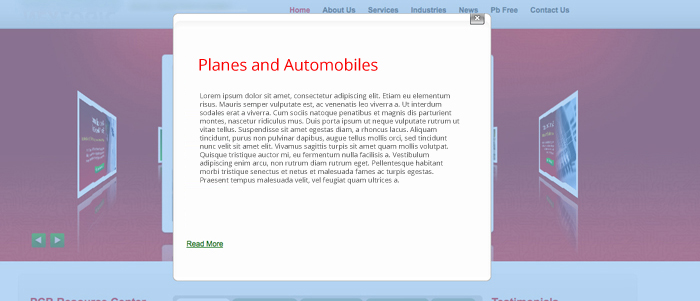Events: A Good Day in GA
It was a good day when events were introduced in Google Analytics. Up until then, the only option to track extra user interactions was to create more pageviews.
As the idea of events gained power among Google Analytics users they began to get used for many things. Maybe too many.
Don’t put pageviews on the shelf just yet!
There are some scenarios in which staying with or going back to using a pageview may be more valuable for analysis. Even times when it makes sense to track something as both a pageview and an event, since each provides different value in regard to both reporting and analysis of the data.
The most common scenario is when AJAX methods are employed to render new content on the screen after a user interaction. Since the browser isn’t making a traditional request, Google Analytics doesn’t capture this as a new pageview as it normally would.
So the interaction itself is often tracked as an event in GA. This is an excellent example of when a pageview may have been more appropriate though.
A pageview should be thought of as any time a visitor is presented with a significant amount of new information to act on. The mechanism by which the content is delivered shouldn’t matter. It could be a traditional HTML page load, or it could be a more modern AJAX call creating a page overlay.
In fact, I’ve heard people say “But my site doesn’t *have* pageviews” when it’s a site with a single URL and all of the content delivery is done via non-traditional methods. But clearly, if you put the delivery mechanism aside, you see that they have numerous pieces of distinct content that the visitor navigates among — aha! pageviews.
So what do you get for using a pageview?
- More pageflow options
- Goal funnel reports
- Time on Page! (time spent reading that piece of content)
- Pageviews per visit (individual pieces of content viewed)
- Unified reporting with other content in the “pages” report — Content is all in one report
Benefit Example: Time On-Page
In this example, you see the website has a rotating banner with several lightboxes. When you click on each slide, a light box pops up with more information. That information has more content, essentially behaves similar to a page. It may influence a visitors.

Wouldn’t you want to know how long that viewer stayed on that page? With events, you’ll be able to tell what they clicked on, but with a pageview, you get the added insight of time on page. Otherwsie, it would just look like your visitor stayed on the homepage for a prolonged time.
Benefit Example: Added Page in a Funnel
Many forms, such as contact forms, email subscriptions, lead generation forms, etc. – when submitted, functionally just replaced itself with a thank you message. No URL change. No “thank-you page”. In a case like this, as far as Google Analytics is concerned, you’re on the same page. For funnels, that can be problematic. Events aren’t going to help you here.
This is a perfect scenario where virtual pageviews still have a strong benefit. By triggering a virtual pageview, either after submission of the form or after each step of the lead generation form, you get a comprehensive funnel, where each step is tracked.
Gotchas!
When using a pageview for something like a ‘lightbox’ overlay, the easy part is tracking the pageview when the overlay appears. No problem.
However what happens when the visitor closes that overlay with the X in the corner?
They are now viewing the previous page again.
If you want accurate pageflow and time on page data you have to consider the closing of an overlay as what it really is — another pageview of the content below!!
When the overlay is closed, you should fire another pageview of that initial page. It goes back to the above definition of a pageview — another distinct piece of content is getting displayed to the visitor.
By doing it this way you now have “time on page” (or time spent viewing a distinct piece of content) for your overlays.
Events: You’re Still The One For Me
All of this doesn’t mean you should scrap events. Events are great. And you’ll often get value from tracking some things as both events *and* pageviews. Events provide a great way to group and organize the interactions themselves — great for reporting and nicer to look at than a long URL separated/by/a/bunch/of/slashes.
















